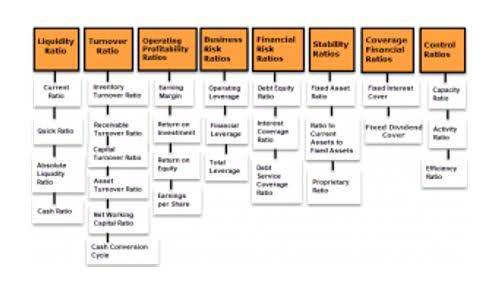
It helps avoid common errors that lead to 60% of accounting mistakes, as found by a study from Indiana University. Get instant access to video lessons taught by experienced investment bankers. Learn financial statement modeling, DCF, M&A, LBO, Comps and Excel shortcuts.
What are some best practices for managing the normal balance of accounts?
- For example, the owner of a $200,000 house with a $75,000 mortgage loan is said to have equity of $125,000.
- The contra account is an account that is usually the opposite of one of the other accounts.
- Whether you’re an entrepreneur or a seasoned business owner, understanding the normal balance of accounts is crucial to keeping your business’s financial health in check.
- Click on ‘loan’ and you can download the e-statement on your computer or simply view your personal loan statement online.
- The normal balance is defined as the balance which would show either credit or debt when all the data from the journal is extracted.
- A normal balance is the expectation that a particular type of account will have either a debit or a credit balance based on its classification within the chart of accounts.
- This is because salaries and wages that get accrued, or are payable mostly incur as a result of services that are already utilized by the company.
This rate may vary from the market rate of interest–what other similar bonds are offering for an interest rate and what investors are willing to accept for an interest rate. Given this information, the company has wages payable of $560 ($400 + $160) as of December 31. This is primarily because of the fact that there are no charges incurred in the financial statements, whatsoever. Salaries and Wages Payable have a similar treatment as compared to any other Accrued Expense. In accordance with the Matching Principle of Accounting, Salaries, and Wages Payable (even if they are unpaid) are debited as expenses in the Income Statement. Since it is an expense, it is also recorded under operating expenses in the Income Statement of the company.

Balance Sheet Assumptions

On a company’s balance sheet, the long term-notes appear in long-term liabilities section. Equity signifies the payable normal balance owners’ residual claim on the business’s assets after liabilities are deducted. Accounts within equity, such as retained earnings or common stock, have a credit normal balance. An increase in equity, from owner investments or profits, is recorded as a credit, and a decrease is recorded as a debit.
- For instance, a debit will increase some accounts but decrease others, and the same applies to credits.
- Debit simply means on the left side of the equation, whereas credit means on the right hand side of the equation as summarized in the table below.
- During this period, the normal balance of the company for the account payable stays on the credit side.
- Just as delays in paying bills can cause problems, so could paying bills too soon.
- This credit entry is either made to the bank account, or to the Current Liability Account.
- While AP is the money a company owes to its vendors, accounts receivable is the money owed to the company by its customers.
Understanding Normal Balances in Accounting
By this definition, if any wages are incurred in a year corresponding to the revenues that have been earned in the given year, they are then declared as expenses for the current period only. Therefore, salaries and wages are considered to be fixed operating expenses, that are incurred by the company regularly. Making a trial balance at least once per period ensures everything is transparent and correct. Looking at assets from most to least liquid tells a Sales Forecasting company its risk.
What is the balance of a loan?

For example, if the market rate is 5% and the contract rate is 4% on a $100,000 bond, the bond will sell for less than face value, stated as a percentage less than 100. For a bond to be an attractive investment, it must be competitive with similar bonds from other organizations. When investors look to buy bonds being issued by corporations or governments, they are looking at the entire landscape of options. They are also looking at the current and future economic conditions.
- In double-entry bookkeeping, the normal balance of the account is its debit or credit balance.
- The main products for which accounts payables are used by companies are raw materials, production equipment, and utilities.
- For example, if the market rate is 5% and the contract rate is 5% on a $100,000 bond, the bond will sell for face value or 100%, no more, no less.
- Under the accrual basis of accounting, the matching is NOT based on the date that the expenses are paid.
- An expense account is a normal balance asset account that you use to record the expenses incurred by a business.
The Double-Entry Environment and Chart of Accounts
During this period, the normal balance of the company for the account payable stays on the credit side. Ultimately, the accounting equation determines whether the normal balance occurs on the debit or credit side. When an account has a https://gpsgroupsoluciones.com/accounting-for-hvac-companies-the-balance-sheet/ balance that is opposite the expected normal balance of that account, the account is said to have an abnormal balance. For example, if an asset account which is expected to have a debit balance, shows a credit balance, then this is considered to be an abnormal balance. Normalizing entries are typically made at the end of an accounting period to ensure that the financial statements accurately represent the business’s ongoing operations. These adjustments help remove distortions caused by extraordinary or non-recurring events, allowing for a more meaningful analysis of the business’s financial performance and trends.

